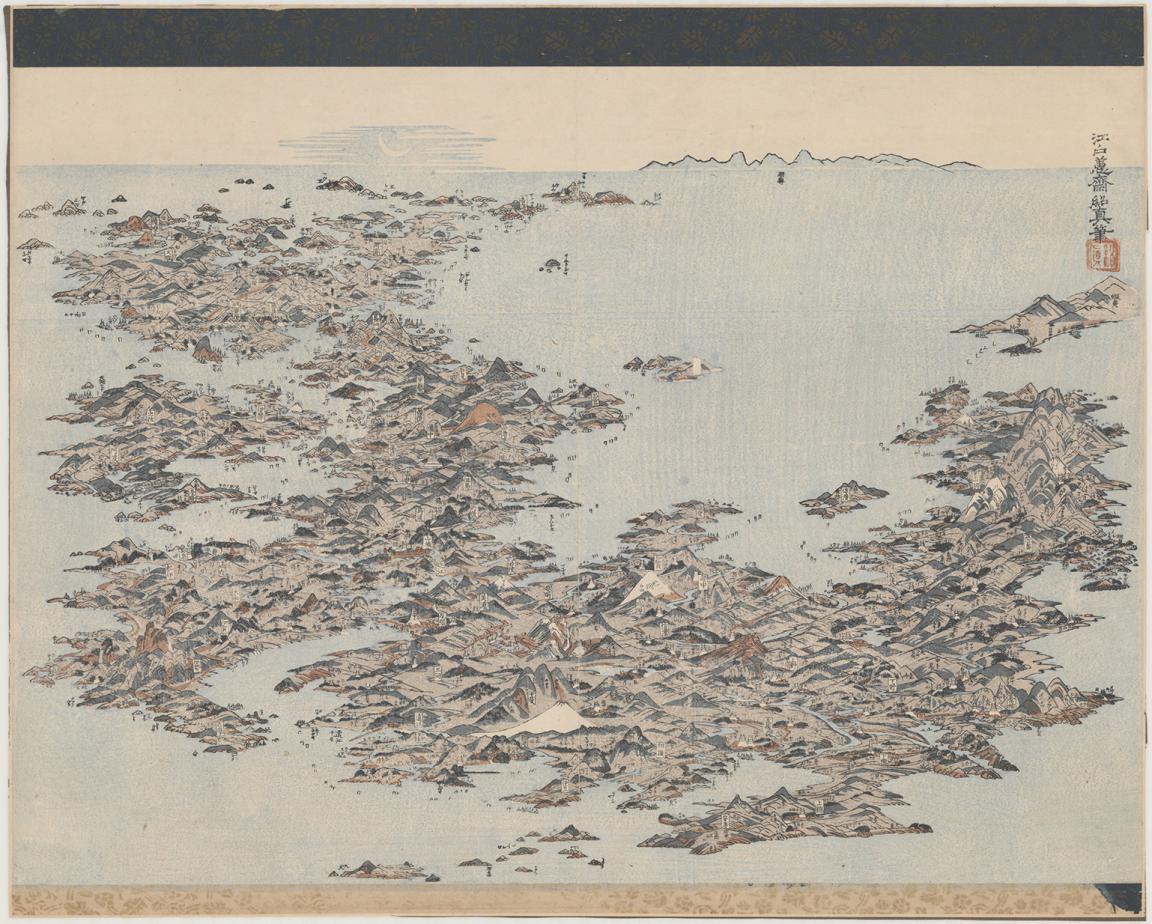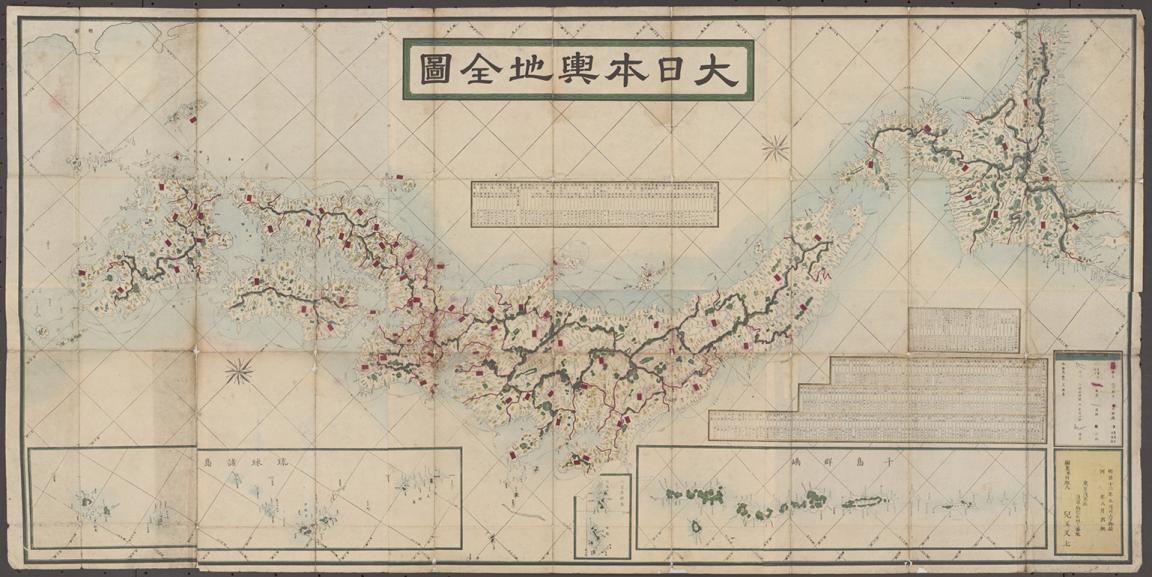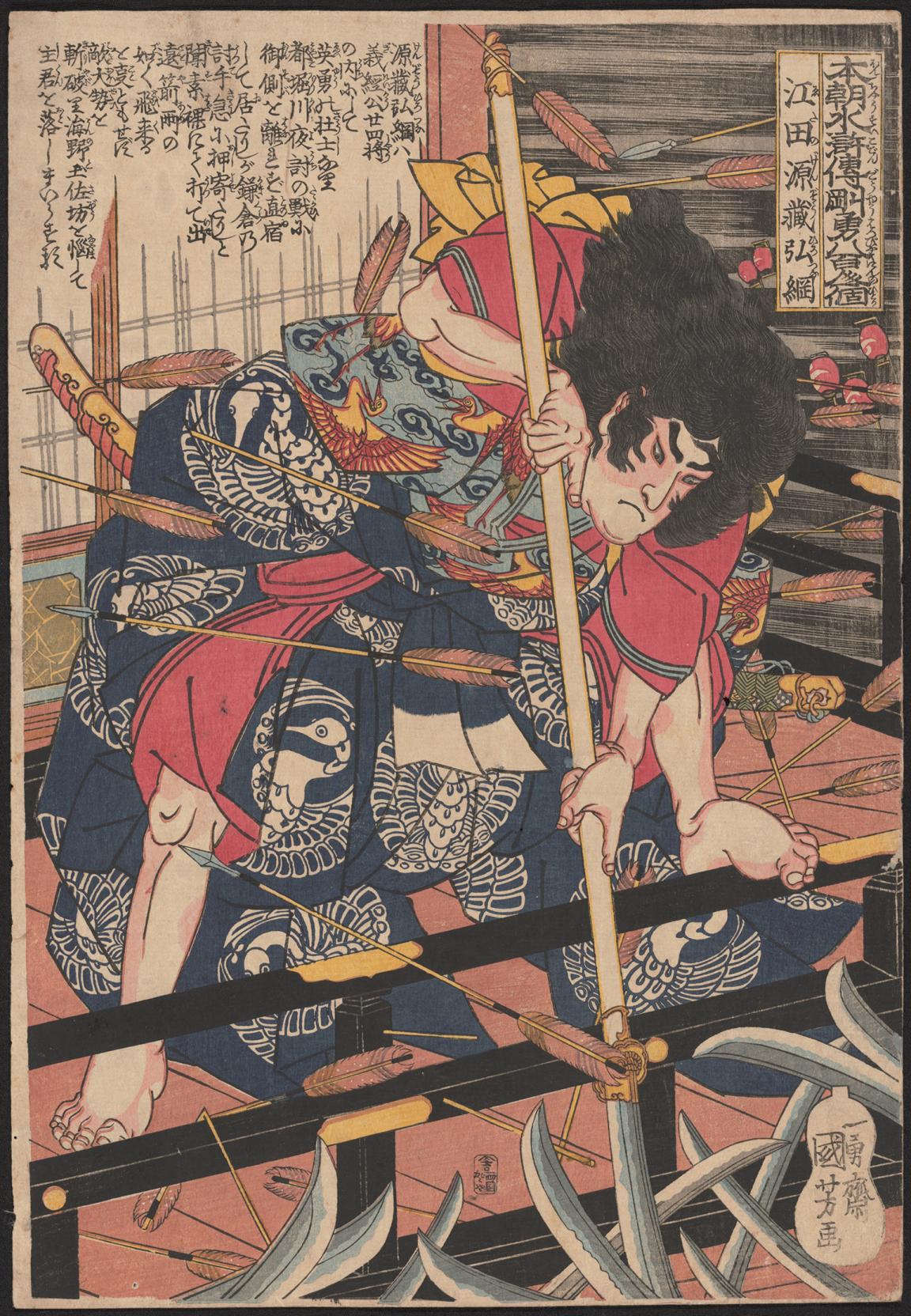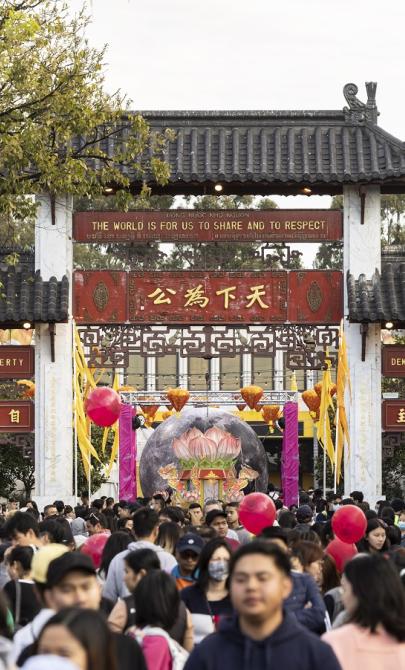Pre-Shogunate Japan
Geography can shape a culture
Japan’s rich history has been profoundly shaped by its geography. As a nation made up of 4 main islands, Honshu, Hokkaido, Kyushu, and Shikoku, and various smaller island chains. Japan’s political, cultural, and environmental development has been deeply influenced by its island nature.

Masayoshi Kitao & 北尾政美, [Nihon meisho no e] Tsuruya Kiemon: Izumiya Ichibêi,1820, nla.gov.au/nla.obj-248637076
Masayoshi Kitao & 北尾政美, [Nihon meisho no e] Tsuruya Kiemon: Izumiya Ichibêi,1820, nla.gov.au/nla.obj-248637076
Activity 1: The importance of being an island nation
Start by exploring the concept of an island nation with your students. Have them define what makes a country an island (as opposed to a continent) and compile a list of other island nations around the world.
- Ask students to evaluate the strategic and economic advantages and disadvantages of being an island nation.
- Consider advantages like natural protection from invasions and control over trade routes.
- Discuss disadvantages such as limited resources and isolation from other countries.
This will help students appreciate how Japan’s geography shaped its historical development.

Matashichi Kodama & 児玉又七, Dai Nihon yochi zenzu Kodama Matashichi, Tōkyō, 1879, nla.gov.au/nla.obj-232448147
Matashichi Kodama & 児玉又七, Dai Nihon yochi zenzu Kodama Matashichi, Tōkyō, 1879, nla.gov.au/nla.obj-232448147
Activity 2: Governing from afar
Japan’s first centralised government emerged around 500 BCE, but the growing distance between the capital and the outlying regions posed significant challenges for the emperors. In an era without modern communication and transportation systems, how could a ruler maintain control over distant lands?
- Ask your students to imagine themselves as the emperor during a time when communication and travel were slow. How would they prevent unrest and dissatisfaction in far-flung regions of their empire?
Have students create a plan to govern effectively, balancing the use of force and leniency. Remind them that:
- Too much leniency could lead to disobedience.
- Too much force could inspire rebellion.
Encourage creative solutions that draw on historical facts about the development of Japan’s political system.
The rise of Shoguns and the evolution of power in early Japan

Kuniyoshi Utagawa & 歌川国芳, Honchō Suikoden gōyū happyakunin no hitori : Eda Genzō Hirotsuna [Kagaya Kichibei], 1830, nla.gov.au/nla.obj-151535028
Kuniyoshi Utagawa & 歌川国芳, Honchō Suikoden gōyū happyakunin no hitori : Eda Genzō Hirotsuna [Kagaya Kichibei], 1830, nla.gov.au/nla.obj-151535028
Throughout the early centuries, Japan’s emperors faced challenges in consolidating their power. A key development was the shōen system, a feudal manor arrangement where regional officials were granted land. Over time, these landowners became powerful, often more loyal to their regional governors than to the emperor.
By the 12th century, the power dynamics shifted, culminating in the rise of the shoguns, military rulers who would control Japan for the next 700 years. This change began with Minamoto no Yoritomo, who established the position of shogun as a hereditary title, marking the beginning of the Kamakura Shogunate.



